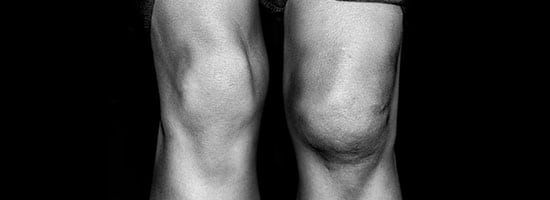
Successfully Treating Dislocations
A dislocation occurs when a joint is out of its normal position. Dislocations often result when extreme pressure causes bones connected by ligaments or other soft tissues to separate. While the ball-and-socket shoulder joint is where most dislocations occur, both larger and smaller joints, including knees, ankles, toes, and fingers, may become dislocated. Immediate attention is required to re-position the joint and determine the extent of tissue damage.
Who Is Affected By Dislocations?
Dislocations occur more often in adults than children. Since children’s bones are softer and still developing, they are more likely to sustain a fracture (break) than a dislocation. Although anybody can experience a dislocation.
How to Tell If You Have a Dislocation
Not all dislocations are obvious. Some dislocations may result in symptoms that are somewhat vague or similar to other conditions. People with chronic conditions like arthritis may have more subtle dislocations due to changes with bone structure or experience a slippage (subluxation). Possible signs of a dislocation include:
- Visible deformity around a joint
- Severe and immediate pain in the affected area
- Redness and swelling around the joint
- Inability to move the affected joint
- Sudden numbness or weakness around the joint
Diagnosing Dislocations
Severe injuries may result in a combination of broken bones, dislocations, and strained muscles. After a visual examination, an X-ray, MRI, or CT scan is often done to confirm a dislocation and determine the extent of damage to adjacent ligaments, muscles, blood vessels, and nerves.
Treatments for Dislocations
Immediate treatment of a dislocation involves use of the R.I.C.E. (rest, ice, compression, and elevation) method. The affected joint should also be immobilized in its position to prevent further injury. If the skin is broken, the affected area should be covered with sterile dressing. Further treatment of a dislocation may involve:
- Medication to ease pain
- Traction to pull the joint back into correct position
- Casting or splinting to immobilize the joint as tissue damage heals
- Physical therapy to strengthen affected soft tissues
Surgery for Dislocations
Surgery may be necessary if attached ligaments are torn or detached. Surgery is also considered if there are frequent dislocations due to deformity or degeneration.
Most dislocations can be successfully treated. If dislocations frequently occur with the same joint, there may be damage to connecting tissues or the joint itself that will need to be corrected. The risk of experiencing dislocations can be minimized by wearing properly fitting equipment when playing sports and avoiding direct impacts around joints as much as possible.

